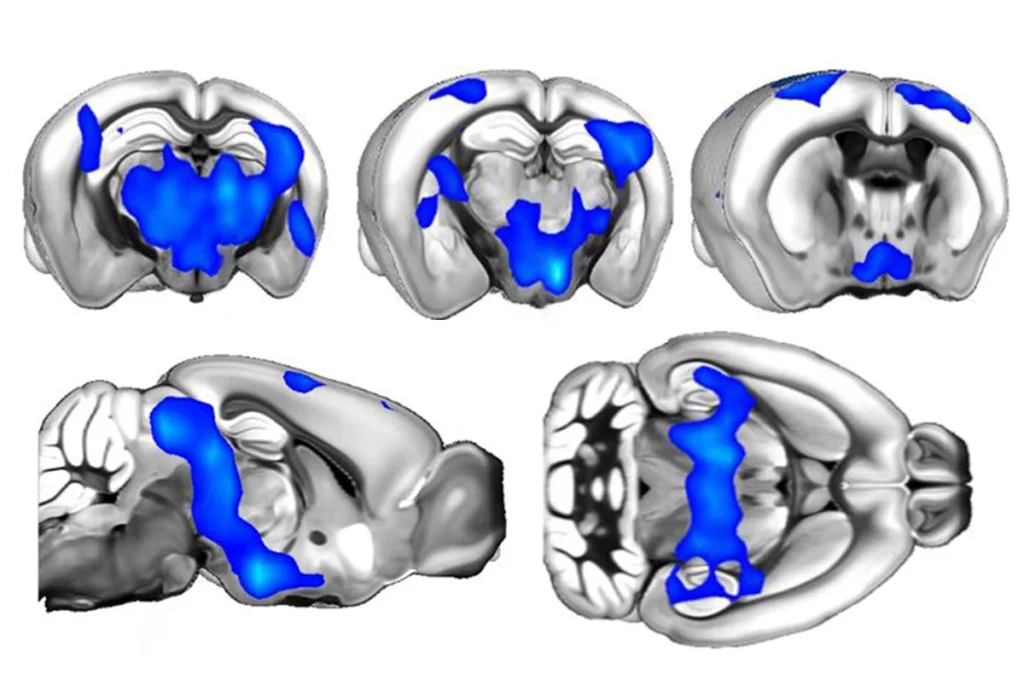
Obesity takes heavy toll on children with autism
Up to 40 percent of children with autism are overweight or obese, but there is no single risk factor and no easy solution to the problems this brings.
For years, Sarabeth Broder-Fingert had noticed that many children with autism who visited her clinic were overweight or obese, and she had begun to look into the trend. But it wasn’t until she met one particular girl that she realized obesity isn’t just one aspect of health for children with autism: It can be central to their lives.
In this case, for instance, the teenage girl outweighed each of her parents, and they were no longer able to protect her during her outbursts. In other children, obesity can affect any number of aspects of life, from putting them at risk of bullying to more immediate health concerns.
In 2014, Broder-Fingert and her colleagues reported results from the first large, rigorous study to investigate obesity in autism. Looking at nearly 6,700 children, they found that those with autism are two times more likely to be overweight, and nearly five times more likely to be obese, than their typical peers1.
Obesity in childhood can have a long-lasting impact on these individuals’ health. A study of adults with autism published this year found that 34 percent are obese, compared with 27 percent of controls. They also have higher rates of health complications related to excess weight, such as type 2 diabetes and heart disease2.
“We’re at the point where it’s pretty compelling that this is a real issue,” says Broder-Fingert, assistant professor of pediatrics at Boston University. “Now the research community needs to start thinking about why and what we can do about it.”
Risk factors:
Two studies published in June strengthen the link between autism and obesity.
One, in the Journal of Developmental and Behavioral Pediatrics, found that roughly 40 percent of children with autism between the ages of 10 and 17 years are overweight or obese, compared with 30 percent of controls in the same age range3. The other study, published in PeerJ, found that children with autism are more likely to be either extremely heavy or extremely thin compared with their peers4.
Both studies highlight the dearth of generalizable risk factors for obesity in autism, and the challenges of preventing or treating it.
There are several reasons why a child with autism may become obese. Children with autism are often picky eaters, spurning vegetables or insisting on eating only certain foods, such as noodles. They may also be less inclined to join group activities that promote physical exercise. And certain medications prescribed for these children, such as the antipsychotic risperidone, can cause them to gain weight.
One of the new studies looked at modifiable risk factors for obesity in 45,000 children aged 10 to 17 years — including more than 900 with autism — whose families participated in a telephone survey led by the U.S. National Survey of Children’s Health. The researchers did not find significant differences in levels of screen time, physical activity or sleep problems between children with autism who are obese and those who are of normal weight. However, children with autism are less active overall than those without the disorder.
Despite the lack of clear trends, there are indications that poor sleep and lack of physical activity may be important risk factors for some children with autism, says lead researcher Meredith Dreyer Gillette, associate professor of pediatrics at the University of Missouri-Kansas City. She says improving sleep and boosting physical activity may help some children with autism shed the extra weight.
Gene cast:
The second study looked at body mass index (BMI), a measure that combines height and weight, in more than 11,000 Swedish children between 9 and 12 years of age. Although only 343 of the children met the criteria for autism, nearly 5 percent of them had a ‘high-extreme’ BMI, compared with 2 percent of controls. What’s more, roughly 3 percent of the children with autism had a ‘low-extreme’ BMI, compared with roughly 2 percent of controls.
The study also found that inflexible or repetitive behaviors were most pronounced in children with autism who had an extreme BMI at either end. This suggests that being a picky eater, for instance, could contribute to both obesity and extreme thinness, says lead researcher Nora Kerekes, associate professor of psychiatry at the University of Gothenburg in Sweden.
The researchers then focused on 1,518 identical and 1,900 fraternal twin pairs in an attempt to parse genetic and environmental contributions to obesity. They found that roughly 30 percent more identical twins than fraternal twins have similar BMIs. This supports the popular notion that obesity is largely genetic in origin, although there were too few participants with autism to make this point for autism specifically.
In at least some cases, it is clear that the same genetic mutation that leads to autism also causes obesity. For example, deletions in the chromosomal region 16p11.2 or 11p14.1 lead to increased risk of both autism and obesity in people. Conversely, people with an extra copy of the 16p11.2 region are often unusually thin.
Because autism stems from a host of risk factors, some researchers say subgrouping children with autism based on their particular genetic mutation may clarify the obesity link in each group.
“We’ve proven in spades with autism and obesity that not one diet, not one intervention helps with everybody,” says David Ledbetter, chief scientific officer at Geisinger Health System in Danville, Pennsylvania. “We keep beating a dead horse looking for a single treatment, single intervention, when we know that both disorders have very large numbers of genetic contributors.”
Researchers also need to follow the same children over time to see when they become obese and how their individual behaviors may contribute to weight gain, says Broder-Fingert.
“Probably multiple things are all contributing, and when they’re all together at the same time, you really get this increased obesity prevalence,” she says. “We want to follow kids over time. Are certain kids who are big to begin with continuing to get big, or do they start to get small? We don’t know that at this point.”
Recommended reading

Building an autism research registry: Q&A with Tony Charman

CNTNAP2 variants; trait trajectories; sensory reactivity

Brain organoid size matches intensity of social problems in autistic people
Explore more from The Transmitter

Cerebellar circuit may convert expected pain relief into real thing

